The battlefields of the Somme and Artois hold a distinct place in New Zealand’s World War I legacy. Across these northern French landscapes, the New Zealand Division fought with remarkable courage and resilience. From the hellish chaos of Caterpillar Valley to the ingenious tunneling operations that reshaped the battlefield, the Kiwi soldiers left an indelible mark. Their story is one of triumph in the face of unimaginable adversity – a testament to the indomitable human spirit that continues to captivate all who venture to these historic sites. For those willing to explore this chapter of the Great War, the lessons learned and sacrifices made offer a profound window into the New Zealand experience.
Key Points
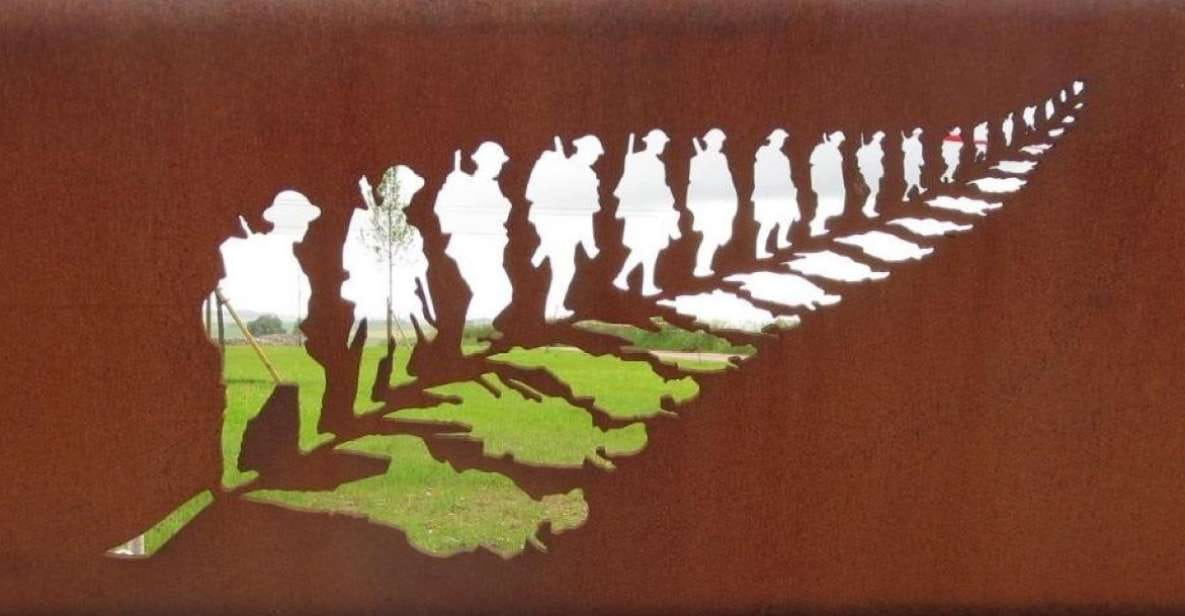
• The New Zealand Division played a significant role in the Battle of the Somme in 1916, facing fierce fighting and heavy casualties.
• The New Zealand monument at Caterpillar Valley stands as a poignant tribute to the sacrifices made by New Zealand soldiers during the Somme campaign.
• The expansive network of tunnels and chambers in the Wellington Quarry was a crucial component of the New Zealand Division’s preparations for the Battle of Arras.
• The New Zealand tunneling efforts enabled troops to move unseen, gain the element of surprise, and create vital escape routes, turning the tide of the battle.
• The Somme battlefield serves as a haunting reminder of the immense sacrifices made during the Great War, with the New Zealand Division’s actions at Caterpillar Valley standing out as a significant moment.
New Zealand Division at the Somme
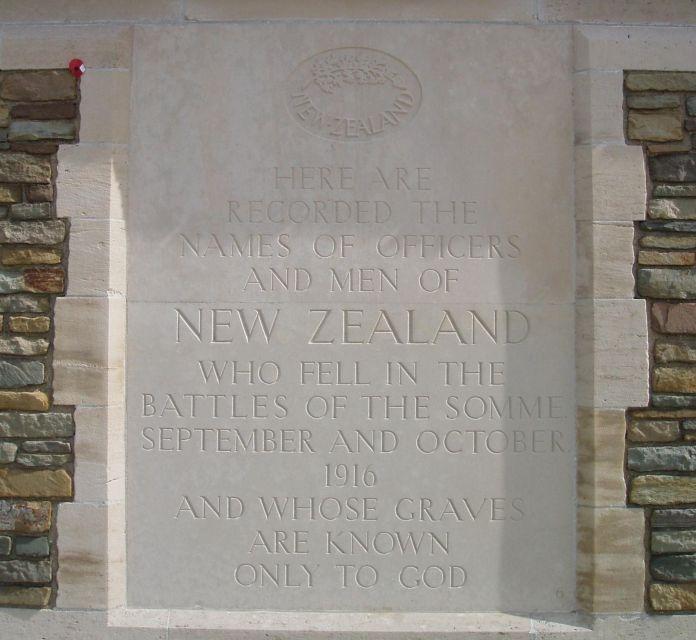
The New Zealand Division played a significant role in the Battle of the Somme in 1916, where they faced fierce fighting and heavy casualties on the Western Front.
They participated in the major offensive that saw the Allies attempting to break through German lines. One of the crucial actions involving the Kiwis was the attack on the Caterpillar Valley in September 1916, where they were among the first to use tanks in battle.
The Division’s bravery and determination were on full display, though their losses were immense.
Today, visitors can explore the battlefield sites and pay respects at the New Zealand memorial, which stands as a testament to the sacrifices made by these courageous soldiers.
You can also read our reviews of more tours and experiences in Amiens.
Visiting Caterpillar Valley
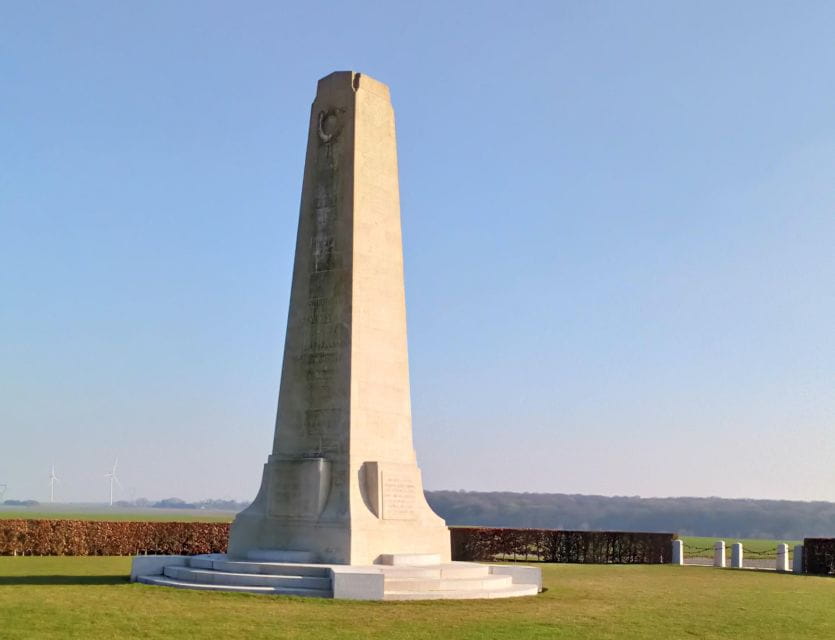
Among the many poignant sites along the Somme battlefield, Caterpillar Valley stands out as a place where visitors can walk in the footsteps of the New Zealand Division and witness the profound impact of their actions.
On that fateful day in September 1916, the New Zealanders were the first to use tanks in battle, a technological innovation that shook the German lines.
Today, the rolling hills of Caterpillar Valley serve as a solemn reminder of the bravery and sacrifice of these men. Visitors can explore the monument erected to honor their memory, and imagine the chaos and carnage that unfolded on that distant battlefield.
It’s a humbling experience that offers a deeper understanding of New Zealand’s crucial role in the Somme campaign.
New Zealand Monument on German Trench
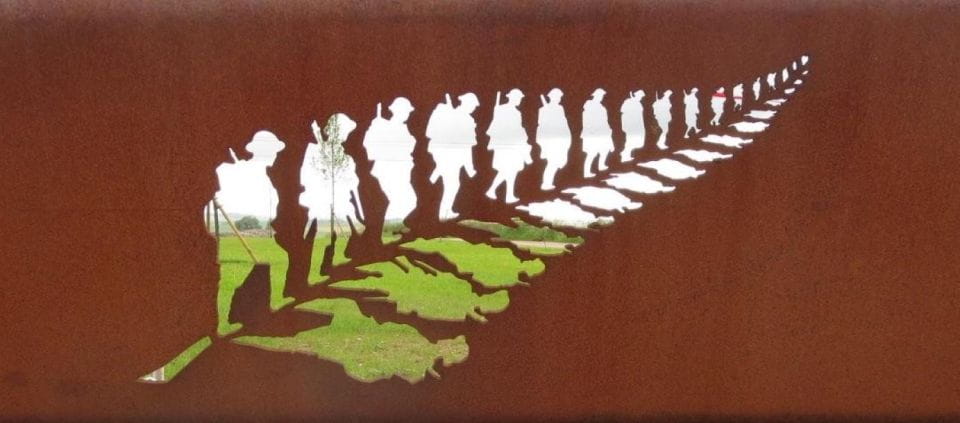
Atop a former German trench stands the New Zealand monument, a poignant tribute to the sacrifices made by these courageous soldiers on the Somme battlefield.
Visitors can trace the outline of the trench, now a grassy depression in the rolling hills, and imagine the chaos and fear that once consumed this ground.
The monument itself, a striking obelisk of stone, commands reverence and reflection, serving as a solemn reminder of the pivotal role the New Zealand Division played in the Somme campaign.
As you approach the monument, the weight of history becomes palpable, a tangible connection to the bravery and resilience of those who fought and fell on this hallowed ground.
Significance of the Somme Battlefield
A solemn silence often envelops the rolling hills and lush farmland of the Somme, a haunting reminder of the immense sacrifices made by countless soldiers who fought and perished in this region during the Great War.
This historic battlefield stands as a sacred testament to the courage, resilience, and tragedies of the past.
Visitors can explore:
- The remnants of trench systems that were the stage for some of the fiercest battles of the war
- Cemeteries and memorials honoring the fallen, where one can reflect on the human cost of conflict
- Preserved battlegrounds that evoke the harsh realities faced by the soldiers who fought here
The Caterpillar Valley, where the New Zealand Division engaged in the first tank-supported offensive.
The New Zealand monument, a poignant tribute to the nation’s sacrifices on the Somme.
Exploring the Wellington Quarry
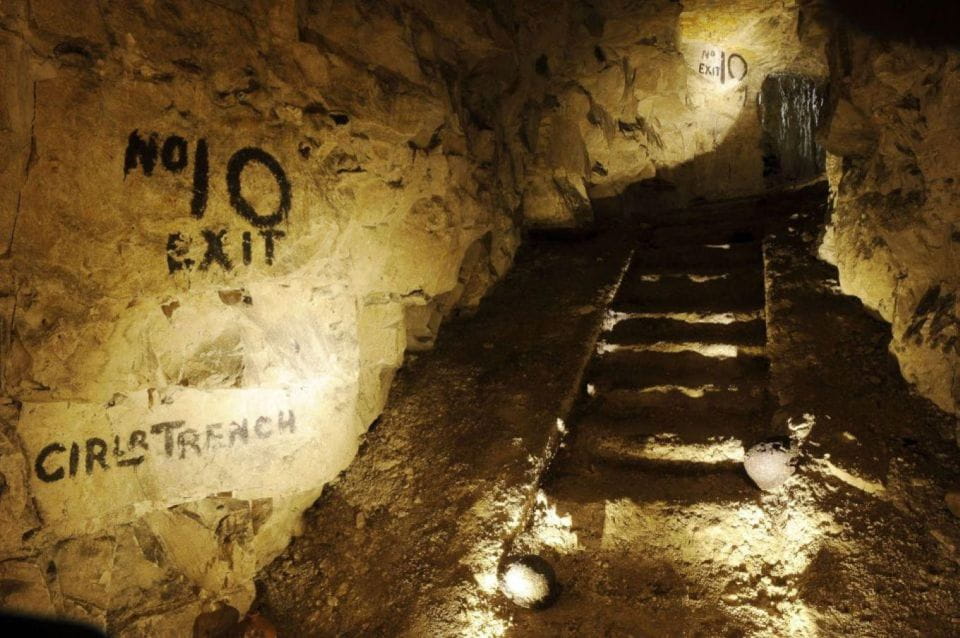
Beneath the quaint city of Arras lies the Wellington Quarry, an expansive network of tunnels and chambers once used by New Zealand tunneling companies in preparation for the Battle of Arras in April 1917.
Visitors can explore this subterranean world, uncovering the ingenuity and determination of the soldiers who toiled underground to gain a tactical advantage over the enemy.
The quarry’s damp, dimly lit passages evoke a sense of the hardships endured by the New Zealanders as they excavated miles of tunnels, installed railways, and built living quarters to house thousands of troops.
Today, the Wellington Quarry stands as a poignant testament to the sacrifices made in the pursuit of victory during the Great War.
New Zealand Tunneling Efforts
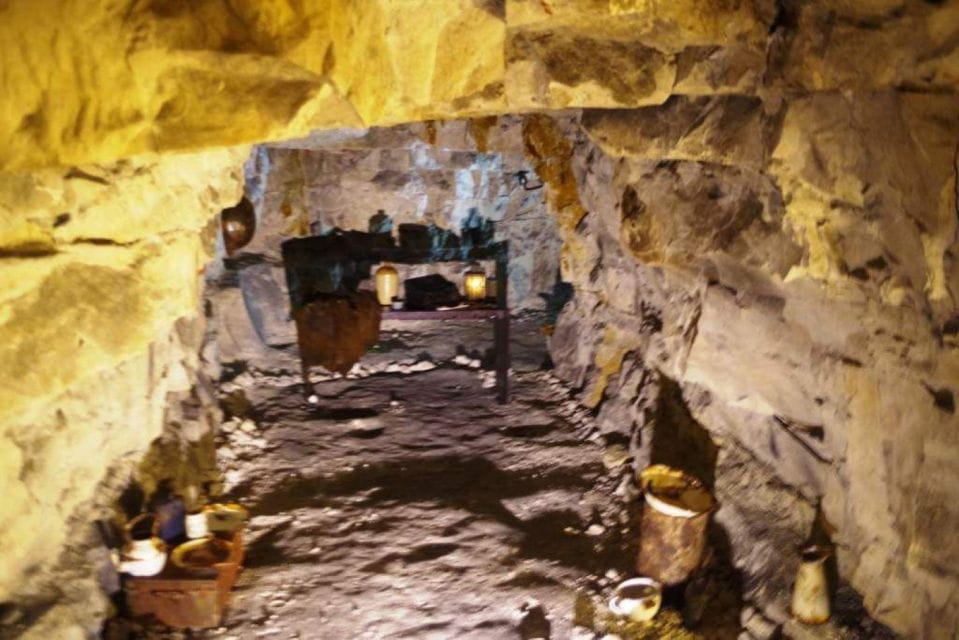
Tunneling became a critical component of the New Zealand Division’s preparations for the Battle of Arras, as soldiers relentlessly excavated an intricate network of subterranean passages beneath the city.
These tunnels allowed troops to move unseen, providing access to key strategic positions. The New Zealanders’ efforts were crucial to the eventual success of the assault, enabling them to gain the element of surprise.
The tunnels they created included:
- Communication passages connecting headquarters to front lines
- Storage spaces for ammunition, food, and medical supplies
- Shelter and rest areas for soldiers
- Hidden access points for launching the attack
- Escape routes in case of emergency
This covert underground infrastructure proved vital in turning the tide of the battle.
Logistics and Duration
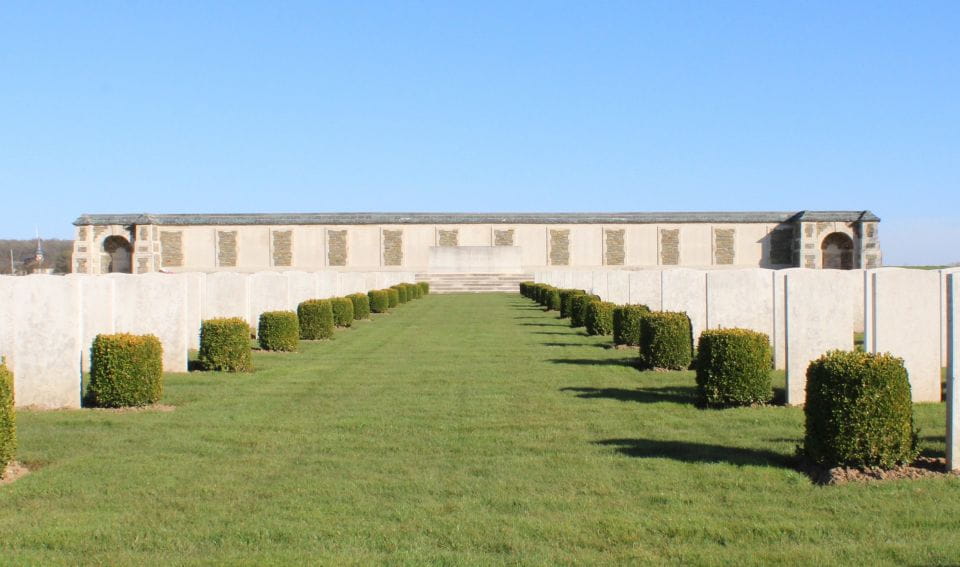
The tour provides a 7-hour itinerary with a 9:00am departure from either Amiens or Arras, offering private transportation throughout the journey.
Travelers will be guided to important sites, including the Caterpillar Valley where the New Zealand Division engaged during the first battle using tanks in September 1916.
The tour also includes a visit to the New Zealand monument built on a former German trench.
In Arras, guests can explore the Wellington quarry open to the public and see what the New Zealand tunneling companies had prepared for the attack on April 17.
Along the way, bottled water will be provided in the vehicle, though personal expenses, souvenirs, food, and drinks aren’t included.
Inclusions and Exclusions
This tour includes guided services and private transportation, along with bottled water provided in the vehicle. However, it excludes personal expenses, souvenirs, food, drinks, and snacks.
The tour provides an immersive experience, allowing visitors to explore the significant sites associated with the New Zealand Division’s involvement in the Battle of the Somme and the Arras offensive during World War I. Participants will have the opportunity to:
- Visit the Caterpillar Valley, where the New Zealanders engaged in the first battle using tanks in September 1916.
- See the New Zealand monument built on a former German trench.
- Explore the Wellington quarry, open to the public.
- Discover the work of the New Zealand tunneling companies in preparation for the attack on April 17.
- Gain a deeper understanding of New Zealand’s pivotal role in these crucial battles on the Western Front.
Frequently Asked Questions
What Were the Major Battles the New Zealanders Fought in During Wwi?
The New Zealanders fought major battles on the Western Front, including the Battle of the Somme in 1916 and the Battle of Arras, where they extended underground tunnels for an attack. They also used tanks for the first time at the Somme.
How Did the Weather Conditions Affect the Somme Offensive?
The Somme offensive was hampered by heavy rain and mud, which bogged down advances and made it difficult for troops to move artillery and supplies. The unfavorable weather conditions were a significant factor in the costly stalemate that ensued.
What Was the Role of the New Zealand Tunneling Companies in Arras?
The New Zealand tunneling companies played a vital role in Arras, extending former underground tunnels in preparation for the April 1917 attack. They dug new tunnels and chambers to enable a surprise assault on the German lines.
Can I Extend the Duration of the Tour or Customize the Itinerary?
Absolutely! The tour operator can extend the duration or customize the itinerary to suit your preferences. They’ll work with you to craft a personalized experience that aligns with your interests and schedule within the context of the Somme and Arras battlefields.
Are There Any Discounts or Special Offers for Group Bookings?
Yes, there are special group discounts available. Larger groups can enjoy reduced per-person rates, making this immersive historical experience more accessible. Contact the tour operator to inquire about group pricing and tailor the itinerary to your needs.
Recap
The New Zealand Division’s sacrifices during the Somme and Artois campaigns are deeply etched into the landscape.
Their bravery in the Caterpillar Valley attack and the engineering feats of their tunneling companies offer a powerful window into the realities of the Great War.
Though the battles were costly, the Division’s contributions left an indelible mark, forever memorializing their service and valor on the Western Front.
More Tour Reviews in Amiens
- Battle of the Somme WWI Battlefield from Amiens
- WW1 Australian Focused Tour including Sir John Monash Centre
- Full-Day Private WW1 Australian Battlefield Day Tour from Amiens
- Half a Day Private Battle of the Somme Tour From Albert
- Vimy, the Somme: Canada in the Great War From Amiens, Arras
- Amiens: Walking Tour With Audio Guide on App
